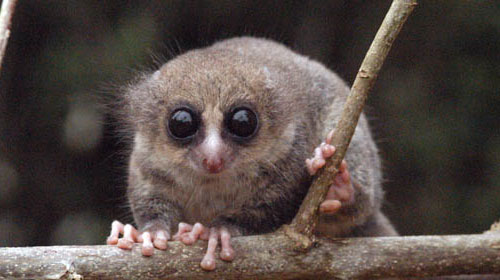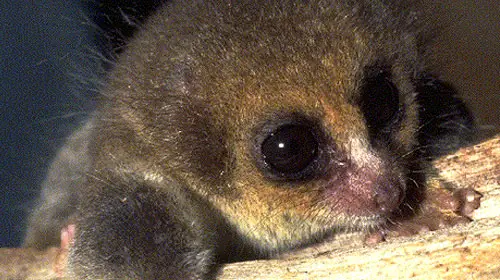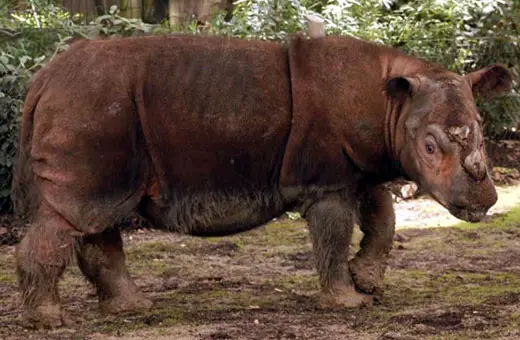Hairy-eared dwarf lemur
The Hairy-eared dwarf lemur is a small lemur that shares characteristics with mouse lemurs and is extremely rare. Up until 1989 the Hairy-eared dwarf lemur species was known exclusively from only 5 individual specimens held in museums. Currently the Hairy-eared dwarf lemur is classed as endangered due to habitat loss from deforestation and from being considered a food source by locals. Sadly there is estimated to be only 1000 or so Hairy-eared dwarf lemur’s left in the wild today.
Exclusive to the island of Madagascar the Hairy-eared dwarf lemur’s can be found throughout the north eastern regions of tropical forest however they are generally considered to be in small fragmented populations with numbers likely declining fast due to habitat loss.
The preferred habitat of the Hairy-eared dwarf lemur is that of humid rain forests and the Hairy-eared dwarf lemur can be found in lowland forests and higher up, generally not exceeding 1,300 meters.

A rare Hairy-eared dwarf lemur
The Hairy-eared dwarf lemur’s certainly do look similar to species of mouse lemurs and like most the Hairy-eared dwarf lemur’s fur coat can range from anywhere in the regions of brown and gray. The key when identifying a Hairy-eared dwarf lemur is in its ears, as the name would suggest these rare lemurs do have exceptionally hairy ears and its this long ear hair that is generally used to identify the Hairy-eared dwarf lemur’s at a glance.
Not only is it difficult to tell these unique lemurs from similar species of mouse lemurs the Hairy-eared dwarf lemur’s generally don’t differ in size between sexes making it equally difficult to tell the gender of a Hairy-eared dwarf lemur without close inspection.
Although not a great deal is known about the day to day life of these elusive lemurs it is known that they are nocturnal, arboreal and it is believed they can live in family groups of up to six individuals. Throughout the daytime the Hairy-eared dwarf lemur’s will sleep in their nests which are built from leaves and are most often located in the safety of large trees, usually in hollowed out areas.

Up close and personal
The diet of the Hairy-eared dwarf lemur is as hard to distinguish as is the sex of the species. In captivity Hairy-eared dwarf lemur’s have been known to feed from a diet of fruit, insects and even honey. As the Hairy-eared dwarf lemur’s are rare to come by in the wild its hard to comment directly on their diet however its believed they feed primarily on insects and possibly fruit. Its also possible that the Hairy-eared dwarf lemur feeds on nectar and plant gum as they have powerful teeth, sharp claws and a long tongue which are common traits for that specific diet of plant material.
The Hairy-eared dwarf lemur’s are thought to breed between November and December with a litter following around January/February. The average lifespan of the Hairy-eared dwarf lemur is unclear but they are believed to live between 15 – 20 years in the wild.



very helpful
this site is so stupid